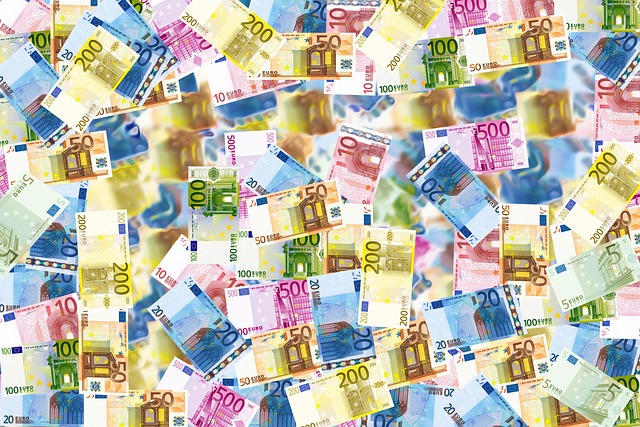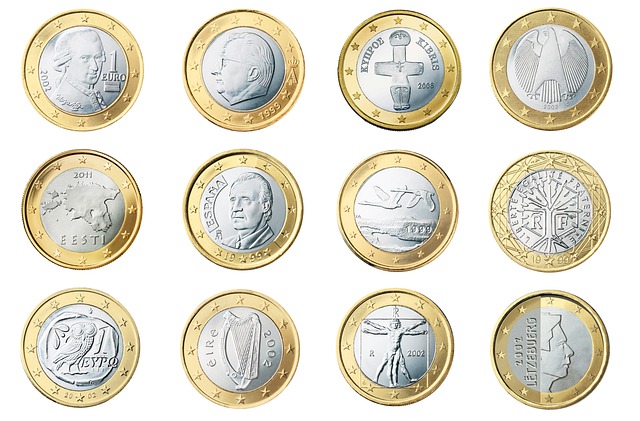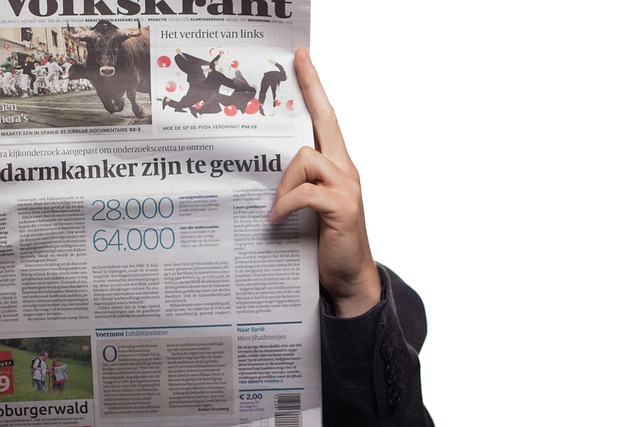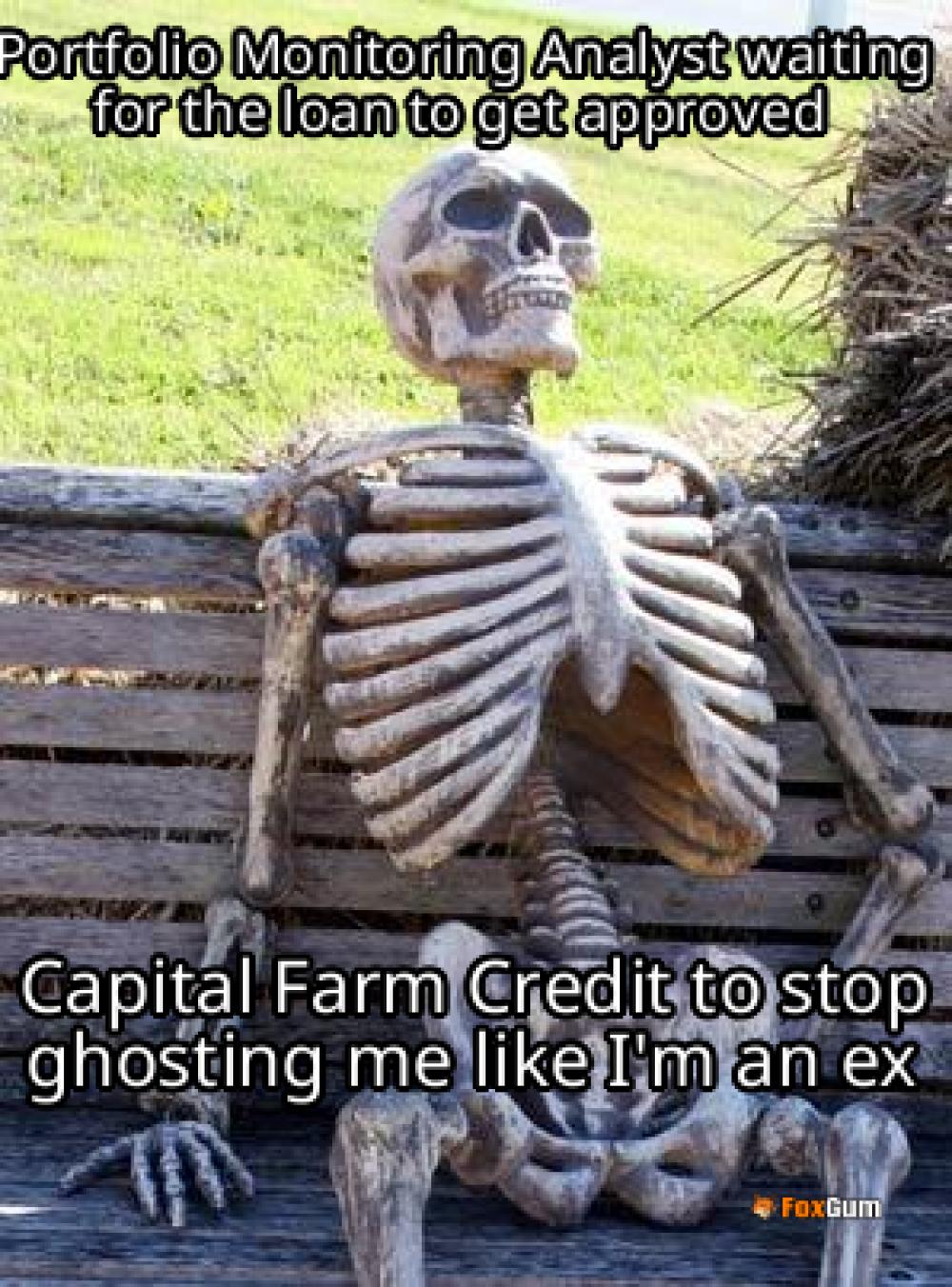
Decision-making Frameworks
In both personal and professional settings, decision-making is an integral part of our lives. The choices we make can significantly impact our outcomes, whether in a corporate environment or day-to-day situations. A decision-making framework provides a structured approach to navigate the complexities of making informed choices.
What is a Decision-making Framework?
A decision-making framework is a systematic method that helps individuals and organizations evaluate options and make choices based on defined criteria. By employing such frameworks, leaders and teams can enhance their decision-making processes, leading to more effective outcomes.
Why Use a Decision-making Framework?
Utilizing a decision-making framework can offer several advantages:
- Clarity: Frameworks provide a clear structure, helping to break down complex decisions into manageable parts.
- Consistency: They promote uniformity in decision-making, which is particularly beneficial in team environments.
- Improved Outcomes: By following a systematic approach, the likelihood of making informed and effective decisions increases.
- Time Efficiency: Frameworks can streamline the decision-making process, saving time and resources.
Key Components of a Decision-making Framework
While various frameworks exist, most share common components that guide the decision-making process:
- Define the Problem: Clearly articulate the issue at hand. Understanding the problem is crucial for effective decision-making.
- Gather Information: Collect relevant data and insights that will inform your decision. This may include research, stakeholder input, and historical data.
- Identify Options: Generate a list of possible solutions or courses of action. This step encourages creative thinking and exploration of alternatives.
- Evaluate Options: Assess the pros and cons of each option. Consider factors such as feasibility, risks, and potential outcomes.
- Make a Decision: Choose the option that best addresses the problem based on your evaluation.
- Implement the Decision: Develop a plan for executing the chosen solution, ensuring that all necessary resources are allocated.
- Review and Reflect: After implementation, evaluate the decision's effectiveness and learn from the experience.
Popular Decision-making Frameworks
Several established frameworks can guide decision-making processes:
- SWOT Analysis: This framework evaluates the Strengths, Weaknesses, Opportunities, and Threats related to a decision or project.
- DECIDE Model: This model stands for Define the problem, Establish criteria, Consider alternatives, Identify best alternative, Develop and implement a plan, and Evaluate the solution.
- Cost-Benefit Analysis: This approach weighs the expected costs against the anticipated benefits of a decision to determine its viability.
- Six Thinking Hats: Developed by Edward de Bono, this framework encourages looking at decisions from multiple perspectives, represented by different "hats."
Applying Decision-making Frameworks in Leadership
For leaders, understanding and applying decision-making frameworks is essential. Different contexts may require different approaches, and recognizing the specific needs of a situation can lead to more effective leadership. By tailoring decisions to the context, leaders can foster better team dynamics and drive successful outcomes.
Conclusion
In conclusion, decision-making frameworks serve as valuable tools for individuals and organizations alike. By providing structure and clarity, these frameworks enhance the decision-making process, ultimately leading to more informed and effective choices. Whether in a leadership role or navigating personal decisions, employing a systematic approach can make a significant difference.

















 Email Security
Email Security 
 Health
Health  Fitness
Fitness  Lifestyle
Lifestyle  Tech
Tech  Travel
Travel  Food
Food  Education
Education  Parenting
Parenting  Career & Work
Career & Work  Hobbies
Hobbies  Wellness
Wellness  Beauty
Beauty  Cars
Cars  Art
Art  Science
Science  Culture
Culture  Books
Books  Music
Music  Movies
Movies  Gaming
Gaming  Sports
Sports  Nature
Nature  Home & Garden
Home & Garden  Business & Finance
Business & Finance  Relationships
Relationships  Pets
Pets  Shopping
Shopping  Mindset & Inspiration
Mindset & Inspiration  Environment
Environment  Gadgets
Gadgets  Politics
Politics 